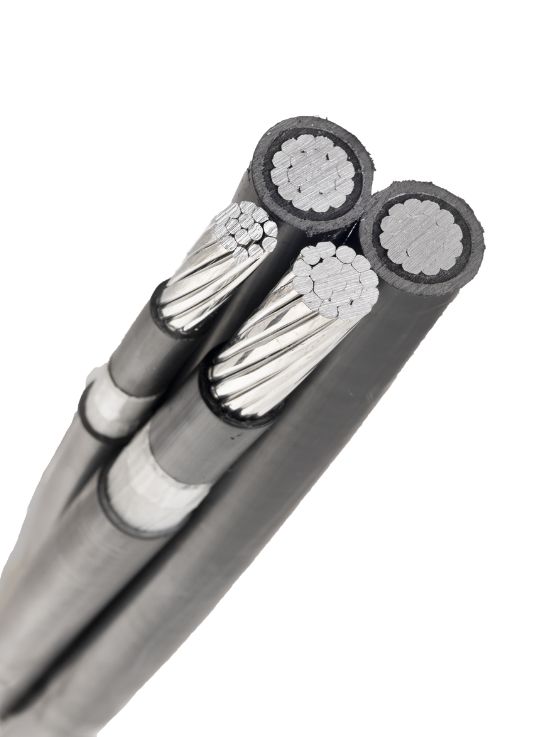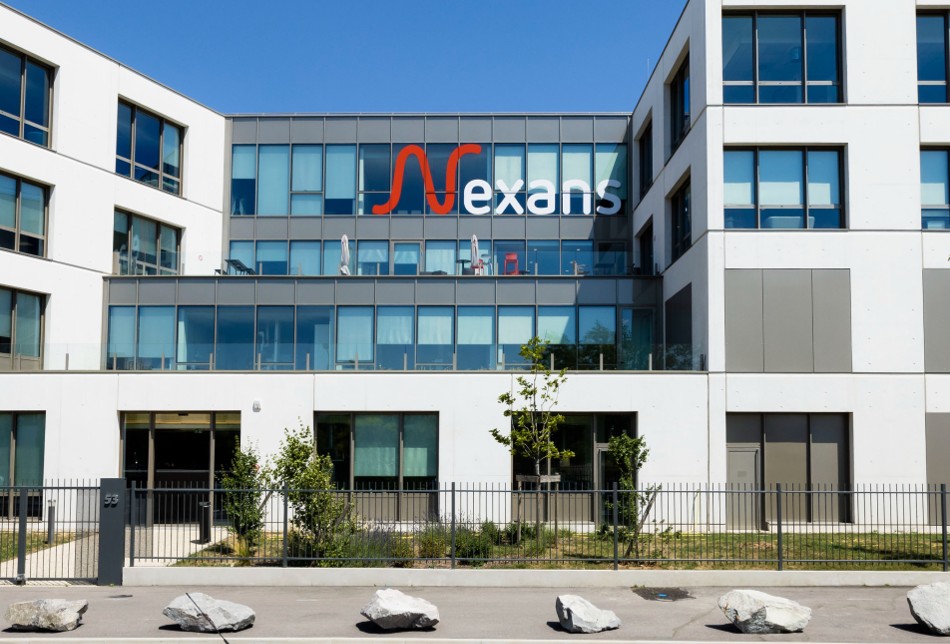Electric vehicle charging infrastructure: an urban priority
The electric vehicle (EV) market is on the rise. Most EV owners charge at home and do not have access to as many refilling options as their combustion-engine counterparts. To promote the uptake of electric cars, which are the most sustainable mobility solution, charging infrastructure must be deployed more widely.
Our tested solutions have been developed specifically for electric vehicle charging infrastructure (EVCI). The “Bus” architecture we use for the design of our EV Grid range is the optimal solution for safe, large-scale deployment.
Challenges for electric vehicle charging infrastructure deployment
Electric vehicle sales are expected to soar between 2025 and 2030. To keep pace, cities must make public EV charging infrastructure readily available to all. The EV infrastructure sector saw strong growth in 2022, with 900,000 public EV charging points installed around the world, and this trend is expected to continue to meet the rising demand.
The sale of new combustion-engine vehicles will be banned in Europe in 2035. Already, some cities are preventing certain combustion-engine vehicles from entering their city centers. This is the case in France, where more and more towns are using the national Crit’Air system, which assigns pollution scores to vehicles. Based on their score, vehicles may be restricted from circulating in designated areas – especially low-emission zones.
In the next few years, cities, governments and countries will be taking increasingly stringent measures to help achieve carbon neutrality. At the same time, many individuals will want to purchase an electric car and have easy access to charging stations. There is a clear need to accelerate the deployment of EVCI in residential buildings occupied by multiple homeowners, given that only 2% of such buildings were equipped with chargers in 2022.
The industry must overcome several challenges to deploy more public and private charging stations. In multi-residential buildings, EVCI installation is often slowed because owners do not agree on the type of infrastructure to install or how it should be financed. Added to that is the fact that different infrastructure architectures come with varying degrees of cost, ease of deployment and scalability for future extensions. A lack of qualified installers has also been observed.
The solution to this technical challenge is to converge toward a unified architecture, namely, the bus-based architecture. This is the safest option, due to its flame-retardant performance (Cca), and the most suitable one for large-scale deployment. As for the financial hurdle, a zero cost system should be implemented. Currently, a French decree dated 21 September 2022 provides for subsidies for co-owners of a multi-residential building to finance the installation of shared infrastructure in an underground parking area, along with a pro rata reimbursement of installation costs for any owner who connects a personal charging point.
At Nexans, we can actively participate in the deployment of electric vehicle charging infrastructure, with our flame-retardant “Artery” (or “Bus”) electric cabling solution, which simplifies the infrastructure’s installation as well as its extension.









